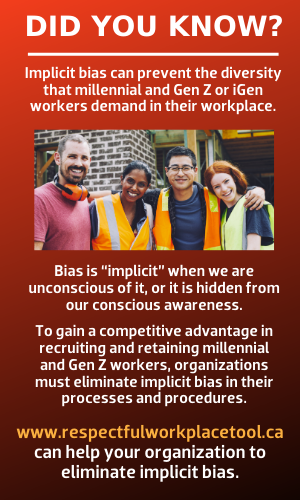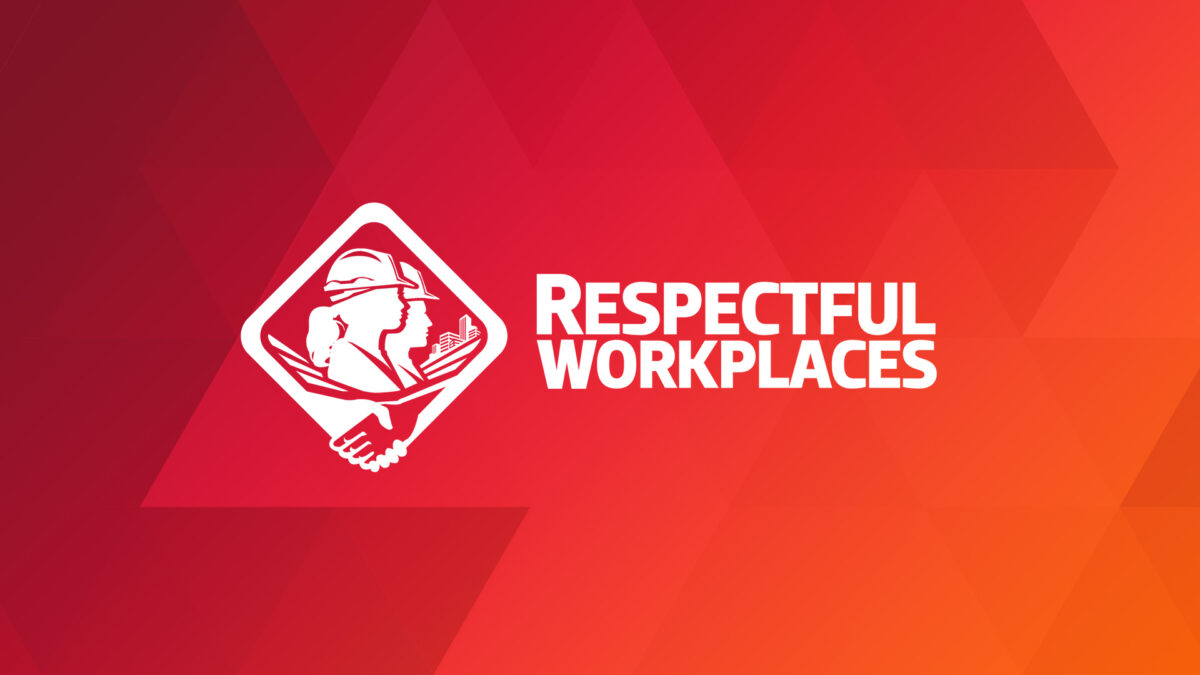Does your organization understand the affect of implicit bias on recruitment and retention?

The 2018 Deloitte Millennial Survey found that millennial (those born between January 1983 and December 1994) and Gen Z or iGen (those born between January 1995 and December 1999) workers who perceive their organizations and senior management as diverse and inclusive also see their working environments as motivating and stimulating. They are also more likely to perceive that their organizations perform strongly in generating profits.
Perceptions of diversity and inclusion also affect retention rates of millennial and Gen Z workers. The study also found that those working for employers perceived to have a diverse workforce are more likely to want to stay five or more years (69%) than those who say their companies are not diverse (27%). When the senior management team is seen as diverse, 56% are more likely to stay five or more years versus 40% when it’s not seen as diverse.
The study concludes that organizations have a great opportunity to attract and retain millennials and Gen Z workers by increasing their focus on diversity and inclusion, especially in their senior management team.
This means doing more than paying lip service to diversity and inclusion: organizations must show results. But sometimes the obstacles to diversity and inclusion are difficult to recognize.
If you look at the diversity of the personal characteristics and circumstances in your organization, including senior management, what is the composition across various factors such as gender, background, and circumstance?
For example, do the majority of workers have the same gender and race? Is everyone married? Do the majority have the same country of origin?
If you answered “yes” to any of these questions, invisible or implicit bias may be affecting your recruitment, retention, and promotion systems.
Bias is an inclination or preference formed without reasonable justification that can prevent judgement from being balanced or fair. Bias is “implicit” when we are unconscious of it, or it is hidden from our conscious awareness.
For example, the senior management team of an organization is the product of the talent pipeline: who gets in it, who stays in it, and who rises to the top. If the leadership team is not diverse, this suggests that implicit bias may exist in the pipeline.
Two Harvard researchers, Mazarin Banaji and Anthony Greenwald, have done extensive research on the “hidden biases of good people.” They have found that we have hidden biases that motivate us to act in ways that end up being discriminatory even though we do not mean to do so.
Implicit bias can result in systemic discrimination
Organizations often develop processes and programs over time that achieve specific goals but which result in outcomes that unintentionally exclude people or discriminate against them, based on personal characteristics and circumstances not related to job ability.
For example, organizations tend to rely on their traditional methods for recruitment. This might mean advertising on trade websites or through word of mouth. However, this tends to recruit candidates who reflect the existing workforce and overlook a talent pool of well qualified candidates from non-traditional sources. In order to overcome this systemic bias in recruitment, organizations must identify new talent pools and find ways to reach them.
Implicit bias can result in hidden discrimination
Banaji and Greenwald also found that implicit bias can result in what they call “hidden discrimination.” They found that discrimination can occur not because of any overt animosity against a particular group of people but because we tend to help those who are like ourselves, our “in group.”
For example, people in the dominant “in group” tend to help those of their “in group” by recommending them for training or promotions. They don’t purposely discriminate against people in the “out group,” they simply fail to help them. This tends to cut short or derail the careers of high-potential people simply because they are not in the “in group.” In order to overcome hidden discrimination, organizations need to develop procedures and processes to identify high-potential individuals and ensure they have equal access to opportunities.
If organizations want to gain a competitive advantage in recruiting and retaining millennial and Gen Z workers, they must eliminate implicit bias in their processes and procedures.
The Respectful Workplace Online Self-Assessment Tool can help to eliminate implicit bias by allowing organizations to see their processes and programs more objectively. This resource asks management to assess all aspects of its organization. By working through the assessment collaboratively with their management team, organizations can develop a strategy for creating a diverse and inclusive workplace that will have a competitive advantage in recruiting, retaining, and promoting millennial and Gen Z workers.
For more info:
- Banaji, Mazarin R., and Greenwald, Anthony G. Blindspot: Hidden Biases of Good People. Delacourt Press, New York, 2013.
- Deloitte. 2018 Deloitte Millennial Survey. See www2.deloitte.com/content/dam/Deloitte/global/Documents/About-Deloitte/gx-2018-millennial-survey-report.pdf.
What can an effective Respectful and Inclusive Workplace Program deliver?
- Become an employer of choice – attract, retain, and advance top talent from all sources of labour
- Unlock collaboration and innovation – create high-performing teams through diversity of thought and experience
- Build your brand – your organization will gain a competitive edge as a leader and innovator
Get started today!
The BuildForce Canada Online Respectful and Inclusive Workplace Toolkit includes:
- the Respectful Workplace Online Self-Assessment Tool to assist organization leadership in assessing their current situation and identifying where they may need to make changes
- the Respectful Workplace Policy Framework and Implementation Guide to assist organizations in creating and implementing a policy that supports a respectful and inclusive workplace
- the Respectful Workplace Online Training Course to train workers on how to create and support a respectful and inclusive workplace
All the resources you need to create and support a respectful and inclusive workplace!

This project has been funded by Status of Women Canada.

Respectful and Inclusive Workplaces
